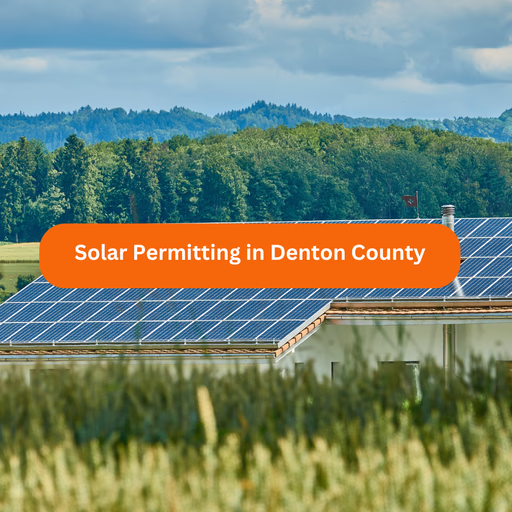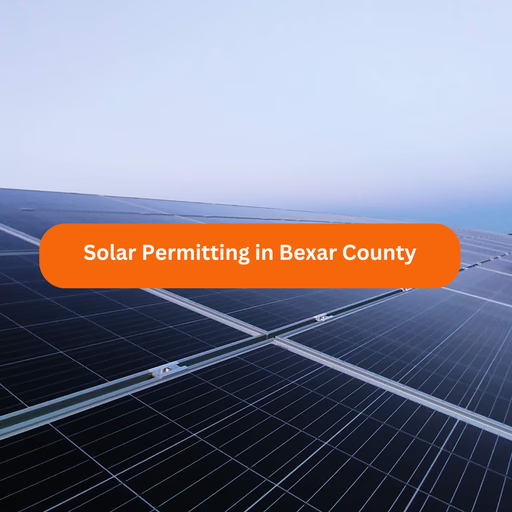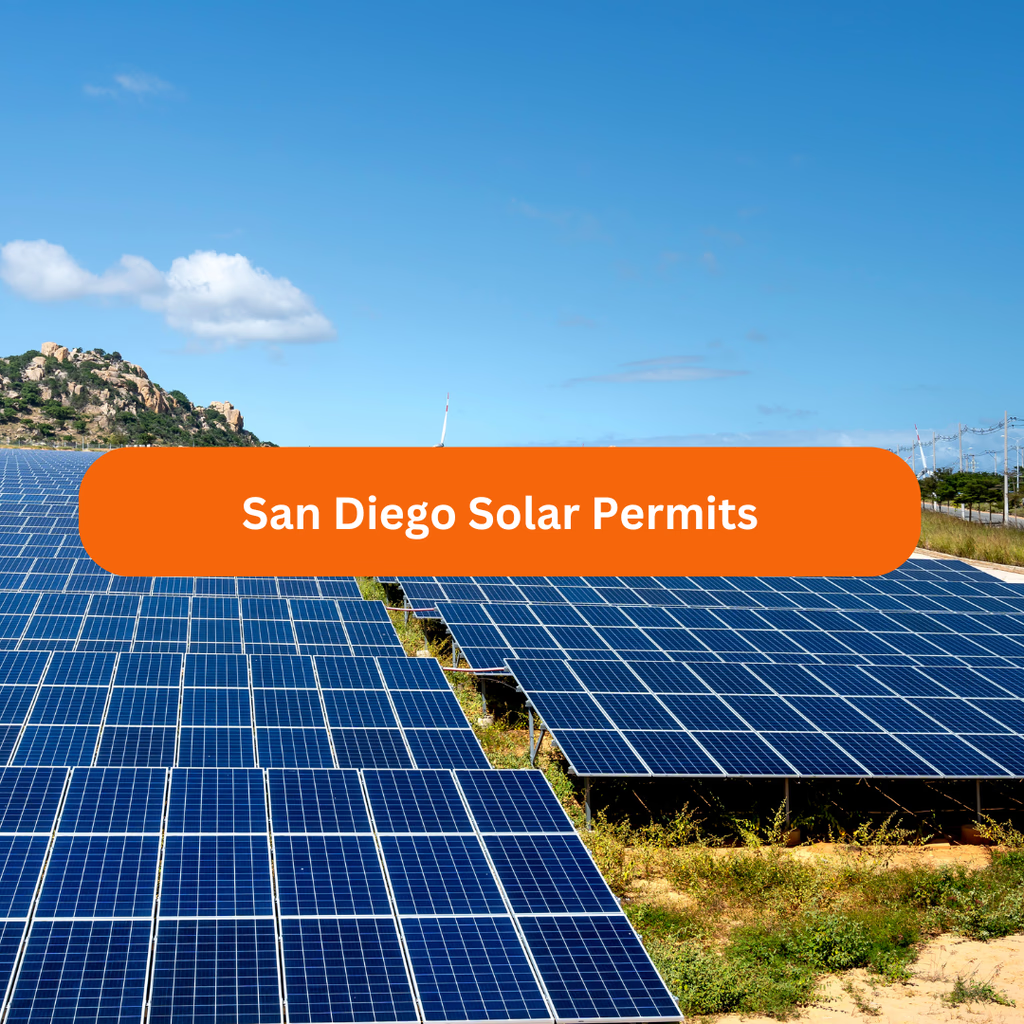As home owners resort to being more energy efficient and environment friendly, the popularity of attic ventilation through solar roof vents has experienced an increase. Not only do these solar systems regulate temperatures in attics but they also help in the saving of energy by reducing the intake of air during warmer months. We cover everything you might want to know about solar roof vents: how they work, the benefits they offer, some downsides that come with them, considerations for installation, and a lot more in this comprehensive guide.
Introduction to Solar Roof Vents
A solar roof vent is a ventilation system that makes use of the sun’s energy to ventilate the attic and other aspects of the house, thereby keeping them less hot and moist. These solar roof vents make use of panels of the sun to power a fan that provides the push-pull effect of making space in the attic without hot air, which it leaves room for cooler air. This way, the temperatures in the house are kept relatively steady, which increases savings on cooling costs.
A vent works by using a solar panel to power a fan that draws out hot air from an attic space outside for a cooler environment inside the attic. There is no need for an on/off switch; the sun powers the fan, so it runs without anything plugged into the grid. Many modern solar roof vents come with a hybrid system that can work on additional electrical power in case the sun is hidden behind cloudy weather or at night when sunlight is not available.
Benefits of Solar Roof Vents
Solar roof vents offer a range of benefits for homeowners, making them a valuable investment for many. Some of the key advantages include:
- Energy Efficiency: Solar roof vents help reduce cooling costs by regulating the temperature in the attic. In hot weather, attics can become a heat trap, raising the temperature of the rooms beneath them. Solar vents expel this hot air, keeping your home cooler and reducing the load on your air conditioning system. Over time, this can lead to significant energy savings.
- Environmental Impact: As solar-powered systems, these vents rely on renewable energy, reducing your carbon footprint and lowering overall energy consumption. This is a particularly attractive feature for eco-conscious homeowners who are seeking ways to make their homes more sustainable.
- Improved Indoor Air Quality: Solar roof vents help improve airflow in your attic, preventing the accumulation of moisture that can lead to mold, mildew, and other indoor air quality issues. By keeping the attic dry, they create a healthier environment and can prevent potential structural damage caused by excess humidity.
- Sustainability: Solar roof vents are a long-lasting and low-maintenance alternative to traditional mechanical attic fans. After installation, these vents require little upkeep and have a long lifespan, which makes them a sustainable solution that can last for many years.
- Quiet Operation: Unlike traditional attic fans, solar roof vents operate quietly. This can be a significant advantage for homeowners sensitive to noise. Mechanical fans can sometimes be loud and distracting, but solar vents produce minimal noise during operation.
- Long-Term Savings: While solar roof vents do require an initial investment for installation, they can help save money in the long run by reducing air conditioning costs. Additionally, they may extend the lifespan of your roofing materials by reducing heat buildup, saving you from costly repairs or replacements down the road.
Installation of Solar Roof Vents
The installation process for solar roof vents is relatively straightforward, but it does require some expertise. Here’s an overview of what to expect:
- Choosing the Location: The vent should be installed in an area of the roof that receives plenty of sunlight. Ideally, it is placed near the ridge or at the highest point of the roof to maximize airflow and sunlight exposure.
- Mounting the Solar Panel: The solar panel, which powers the fan, must be mounted on the roof, typically close to the vent to minimize the length of the wiring. It should be positioned in a way that ensures it receives optimal sunlight exposure.
- Installing the Vent: The vent is installed through the roof, using a flashing system to prevent leaks. The fan is then connected to the solar panel and wired accordingly.
- Testing: After installation, the system is tested to ensure it is working efficiently, with proper airflow and solar panel performance.
While installing a solar roof vent can be done by a DIYer, it is generally recommended to have a professional handle the installation. Roof work can be tricky, and incorrect installation may affect the vent’s performance or cause leaks. Professional installation ensures that the vent is positioned correctly and operates as efficiently as possible.
Factors That Affect the Effectiveness of Solar Roof Vents
The effectiveness of solar roof vents depends on several factors, including:
- Roof Size and Shape: Larger attics may require more than one vent to be effective. Additionally, a roof with a steep slope may allow for better airflow compared to a flat roof.
- Geographic Location: Solar roof vents work best in sunny climates where they can generate ample power from the sun. In regions with long winters or frequent cloud cover, the performance of the vent may be reduced during certain times of the year.
- Shading: Trees, chimneys, or other structures that block sunlight can hinder the performance of the solar panels. To maximize efficiency, the panels should be installed in areas with little to no shading.
- Attic Insulation: Proper attic insulation is essential to optimizing the performance of solar vents. A well-insulated attic will retain a consistent temperature, while poor insulation can allow heat to accumulate, diminishing the effectiveness of the vent.
Types of Solar Roof Vents
There are different types of solar-powered roof ventilation systems to choose from, each offering its own set of benefits:
- Solar Attic Fans: These are the most common type of solar roof vent. They consist of a solar panel that powers a fan to expel hot air from the attic. Solar attic fans can be installed on most roof types and are often the most affordable option.
- Solar-Powered Roof Exhaust Vents: These work similarly to attic fans, expelling heat and moisture from the attic. Roof exhaust vents are designed to create a constant flow of air, preventing moisture buildup and promoting ventilation.
- Hybrid Systems: Some solar roof vents come with hybrid systems that combine solar power with electrical backup. This ensures that the system can operate even during periods of low sunlight, providing 24/7 ventilation.
Cost Considerations
While the upfront cost of solar roof vents may seem high, there are long-term financial benefits to consider:
- Upfront Costs: The cost of installing a solar roof vent typically ranges from $500 to $2,000, depending on the size of the system, the complexity of the installation, and the type of vent chosen. This price includes both the vent and the installation process.
- Long-Term Savings: Although there is an initial investment, solar roof vents can help homeowners save money in the long run by reducing air conditioning costs. In hot climates, solar roof vents can reduce cooling costs by as much as 30%, leading to significant savings over the years.
- Return on Investment: On average, homeowners can expect to see a return on investment (ROI) within 3 to 7 years, depending on installation costs and the amount of energy saved annually. Many states also offer tax incentives or rebates for solar-powered installations, which can further reduce the initial cost.
Pros and Cons of Solar Roof Vents
Pros:
- Energy Savings: Solar roof vents help reduce cooling costs by improving attic ventilation, which in turn lowers the temperature of your home.
- Environmental Impact: Since solar roof vents use solar energy, they contribute to reducing your home’s carbon footprint and reliance on electricity from non-renewable sources.
- Sustainability: These vents are long-lasting and low-maintenance, providing a sustainable solution to attic ventilation.
- Improved Air Quality: By preventing moisture buildup, solar roof vents help to maintain healthy indoor air quality and protect against mold and mildew growth.
- Quiet Operation: Solar roof vents operate quietly, making them a better option for homeowners who are sensitive to noise.
Cons:
- Initial Cost: Solar roof vents can be expensive to install upfront, which may be a barrier for some homeowners.
- Dependent on Sunlight: The effectiveness of solar roof vents is influenced by sunlight exposure. During cloudy days or at night, they may not work as efficiently unless combined with a hybrid system.
- Not Ideal for All Roofs: Some roof types, particularly those with heavy shading or complex designs, may not be suitable for solar roof vents.
- Installation Complexity: Installing a solar roof vent may require professional help, which can increase costs.
Conclusion
Solar roof vents offer a highly effective and environmentally friendly solution to attic ventilation. By using solar energy to expel hot air and regulate temperature, these systems help reduce cooling costs, improve indoor air quality, and contribute to a more sustainable home. While the initial installation cost may be a deterrent for some, the long-term savings and environmental benefits make them a worthwhile investment for many homeowners. Whether you want to lower your energy bills, prevent mold growth, or reduce your carbon footprint, solar roof vents can be a smart and efficient choice for your home.






















































